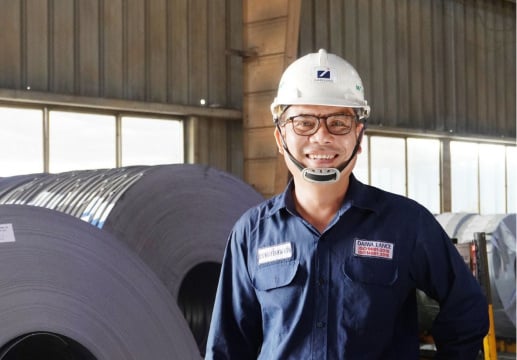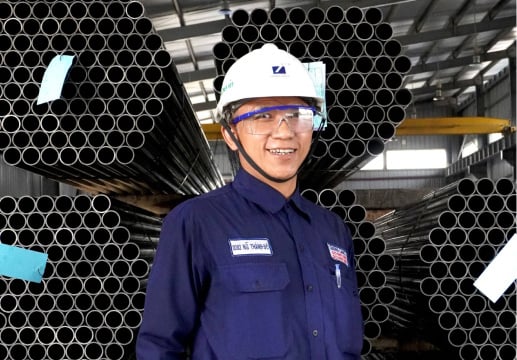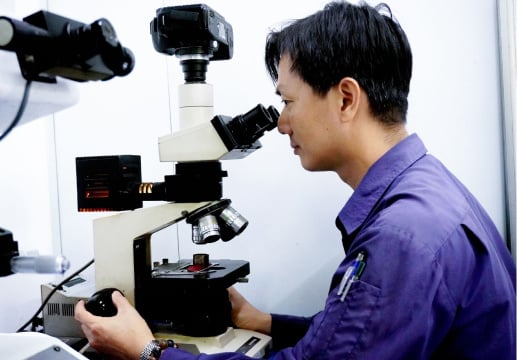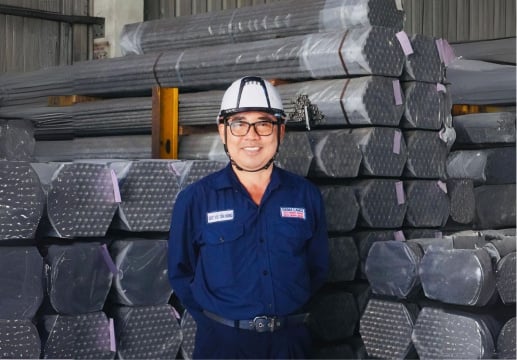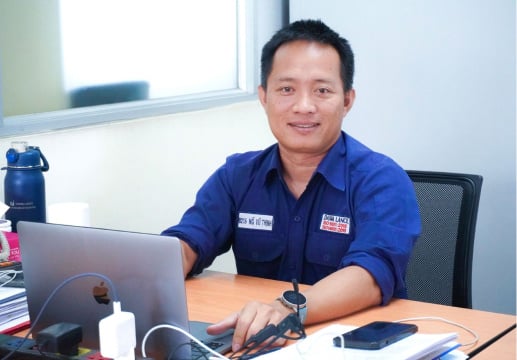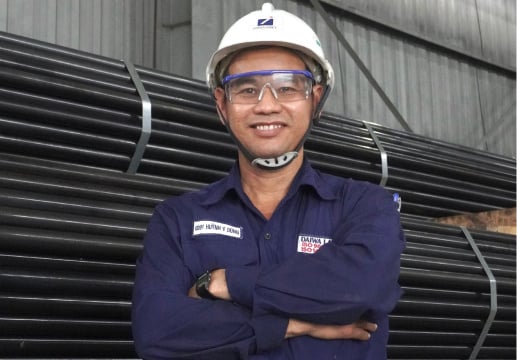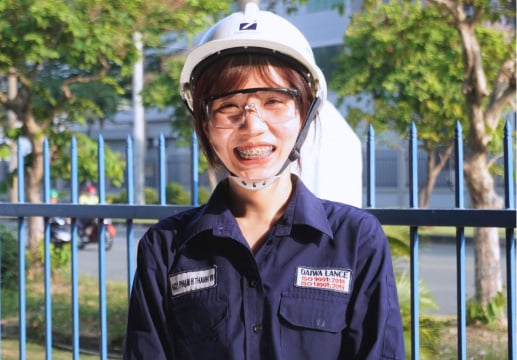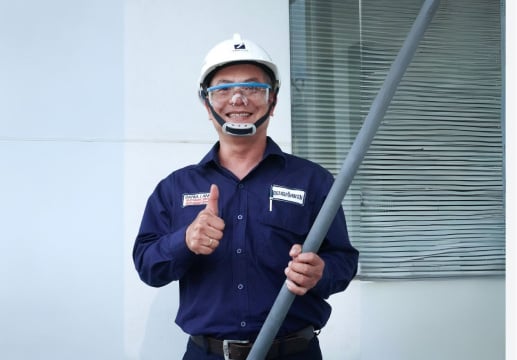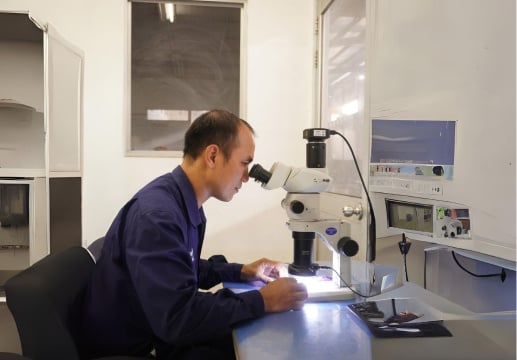A recuperator is a type of heat exchanger that is used to recover heat from exhaust gases or air streams to preheat incoming air or gas in the medium to high temperature range. Stainless steel pipes are typically used for the inner tube of a recuperator due to its corrosion resistance and ability to withstand high temperatures. Alternatively, aluminized steel pipes can also be used in recuperators thanks to its advantage in heat resistance and anti-corrosion characteristics at a lower cost. The choice of inner tube material for a recuperator can significantly impact its efficiency, durability and cost.
This article will provide a detailed comparison to help you decide which is the better choice for your recuperator or hot air stream heat exchanger.

What is Aluminized Steel?
Aluminized steel is carbon steel coated with aluminum-iron or aluminium-silicon alloys on the surface. This coating improves the heat resistance and corrosion protection for steel pipes, making them an ideal choice for a variety of applications, including in automotive exhaust systems, ovens, heat exchangers, and industrial furnaces.

There are 3 types of aluminized steel materials made from 3 different aluminizing production methods:
② Electrolytic Aluminizing is a process of coating steel in which electricity is passed through an electrolyte to reduce metal ions and deposit aluminium on the product surface. The aluminum layer enhances the resistance to oxidation and corrosion of steel products, particularly at high temperatures.
③ Thermochemical Treatment using Diffusion Coating (Calorizing Process): The aluminium gas will be diffused into the steel material at high temperature to form a strong bond layer of aluminium-iron alloy on the surface steel material. Aluminized steel with the calorizing process enhances its resistance to high-temperature oxidation, corrosion, and wear.
RELATED POST
What are The Requirements for Heat Exchanger Pipes?
When choosing pipes and tubes for heat exchangers, it’s essential to consider various factors such as economy, flexibility, durability, performance, and maintenance access requirements.
Thermal Conductivity
Thermal conductivity is perhaps the most critical factor in heat exchanger performance, it measures how well a material conducts heat. Aluminum has significantly higher thermal conductivity than stainless steel, making it more efficient at heat transfer.
Corrosion Resistance:
Corrosion resistance is the ability to resist rust and other forms of chemical attacks. This is another essential factor for heat exchanger pipes where its working environment is exposed to moisture, chemicals, or temperature changes. While aluminum offers excellent resistance to corrosion in most environments, stainless steel is superior in more corrosive settings such as chemical processing plants, marine environments, and high-salinity conditions.
Heat resistance
Heat resistance is the ability to maintain steel structural integrity and properties when exposed to high temperatures. It's a crucial factor in hot air type of heat exchangers, especially recuperators to ensure both safety and performance. Stainless steel is far stronger than aluminum in heat resistance and it can handle higher temperatures without deforming. However, aluminized steel with an alloy of aluminium and iron or silicon can withstand high heat environments also.
Strength and Bendability
Strength is the ability to withstand high pressure and applied forces without deforming while bendability refers to the ability to resist bending or deformation under load without breaking. Stainless steel is far stronger than aluminum in these requirements.
Cost effectiveness
Cost-effectiveness refers to achieving a desired outcome or result while minimizing the associated costs. In this economic factor, we need to get the most value for the money spent, so we look into the cost of the materials and maintenance requirements. While aluminium pipes have a lower initial cost than stainless steel pipes, stainless steel is often more cost-effective in the long run due to its superior durability, corrosion resistance, and lower maintenance requirements. However, only aluminized steel pipes with an aluminium alloy coating on the surface of the carbon steel base are non-expensive material requiring less maintenance.
Why Aluminized Steel Pipes made by Daiwa Lance can be used for recuperators?
At Daiwa Lance, we use the calorizing process or a pack cementation process to make calorized lance pipes which have heat resistant and anti-oxidation ability to use for oxygen and graphite blowing in steelmaking furnaces. With some adjustments in the temperature and duration of the calorizing process, we can produce aluminized steel pipes with smooth surfaces suitably for application in recuperatorsBelow are some characteristics of Daiwa Aluminized steel pipes to put into consideration when you find a piping material for recuperators:
1. Heat resistant
Aluminized steel pipes with a layer of aluminium-iron alloy over the surface are excellent in heat resistance, especially at the medium to high temperature range from 600 oC to 900 oC in recuperators.
2. Corrosion Resistance
Aluminized steel pipes with a layer of aluminium-iron alloy over the surface provides high resistance to corrosion which prolong lifespan in harsh conditions.
3. Thermal Conductivity
Aluminized steel pipes with a layer of aluminium-iron alloy over the surface poses good thermal conductivity so they would be an alternative selection beside stainless steel.
4. Affordable Cost
Aluminized steel pipes with a layer of aluminium-iron alloy over the surface of the carbon steel base are made from the calorizing process at a lower cost than the stainless steel production. Thus Daiwa Aluminized steel pipes are much cheaper than stainless steel pipes.
5. Low Maintenance
Aluminized steel pipes with a layer of aluminium-iron alloy over the surface offers lower maintenance costs over time due to its superior high heat performance and resistance to corrosion thus reducing the need for replacements.
Conclusion

Both aluminized steel and stainless steel offer unique benefits in heat exchanger applications, and the choice ultimately depends on the specific requirements of your operation. While stainless steel pipes stand out for their superior thermal conductivity, strength, corrosion resistance, and long-term durability, aluminized steel pipes provide excellent heat resistance, anti-corrosion, thermal conductivity, and cost-effectiveness. By carefully considering factors such as environment, performance demands, and cost, you can make an informed decision on which material is the better choice for your heat exchanger.
Daiwa Lance produces and supplies not only Calorized lance pipes but also Aluminized steel pipes with reliable quality, high performance and competitive price for recuperators, a type of heat exchanger that requires less bending angle for inner tubes.
Please feel free to contact us to know more.
- Category:
- Daiwa Lance Products








